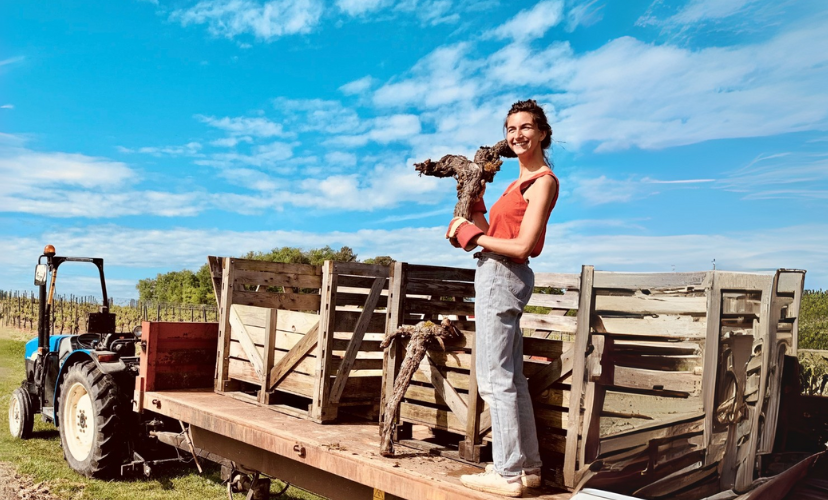Photo Credit: Vignobles Hermouet
Meet Esther Hermouet
Estate: Vignobles Hermouet
Region: Fronsac
Focus: 85% Merlot, 10% Cabernet Sauvignon, 5% Cabernet Franc
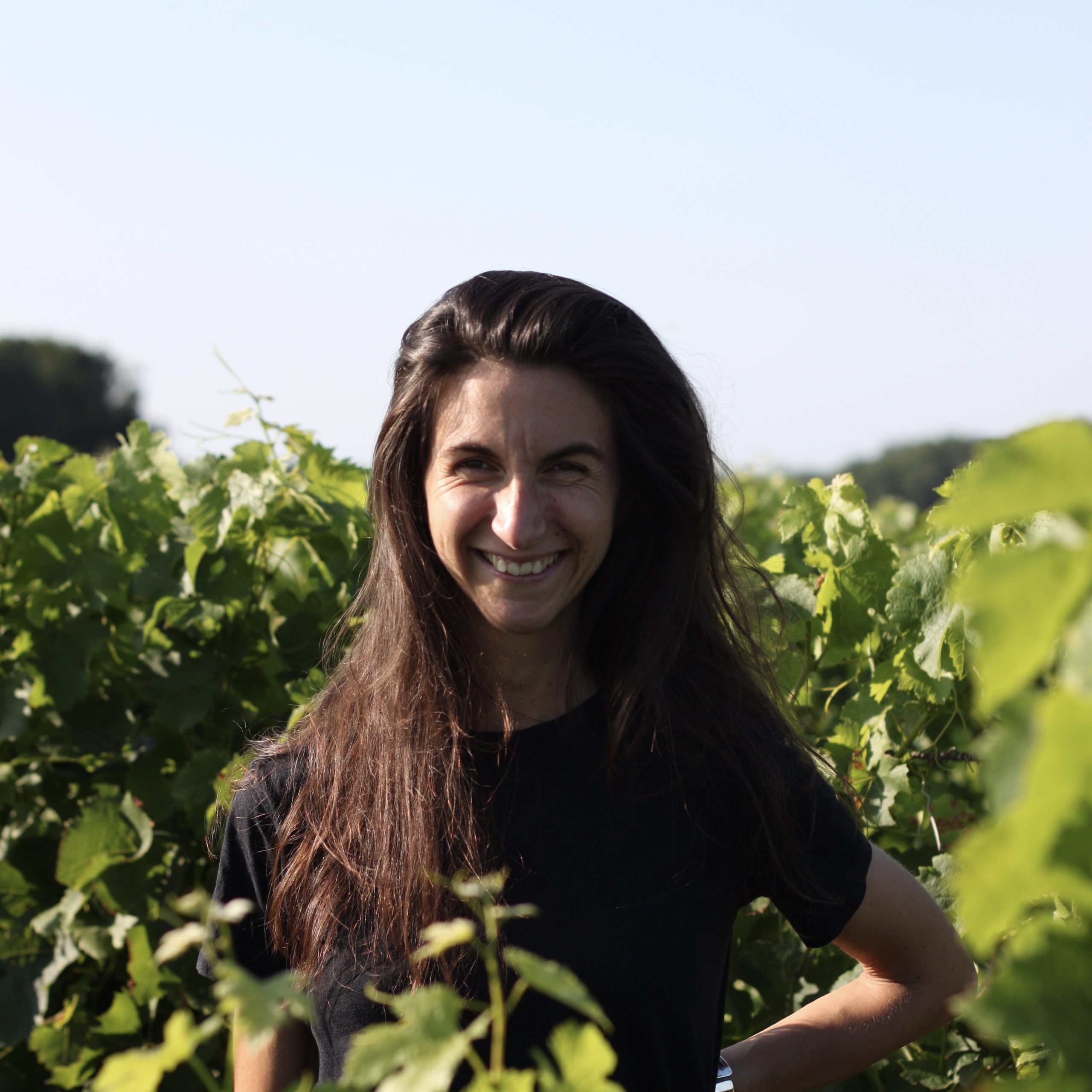
Photo Credit: Vignobles Hermouet
Background
Vignobles Hermouet is a family-owned estate rooted in Bordeaux’s Fronsac appellation, home to two properties: Clos du Roy and Château Roc Meynard. Since acquiring them in 1987, the Hermouet family has steadily expanded and revitalized these vineyards through thoughtful, sustainable practices. Their philosophy centers on expressing the unique character of their terroir while embracing continuous refinement.
In 2024, Esther Hermouet returned to Fronsac to lead the estate after a career in international wine marketing with esteemed brands Moët Hennessy, Campari and Champagne Lallier. Though initially hesitant to take over the family vineyard, she saw the opportunity to modernize operations and shape a model that was both commercially viable and lifestyle-forward. More than a winemaker, Esther is also a storyteller—capturing the vineyard’s beauty through photography and sharing the craft behind each bottle. Her leadership blends deep-rooted tradition with a modern, creative vision, positioning Vignobles Hermouet to thrive in a rapidly evolving wine market.
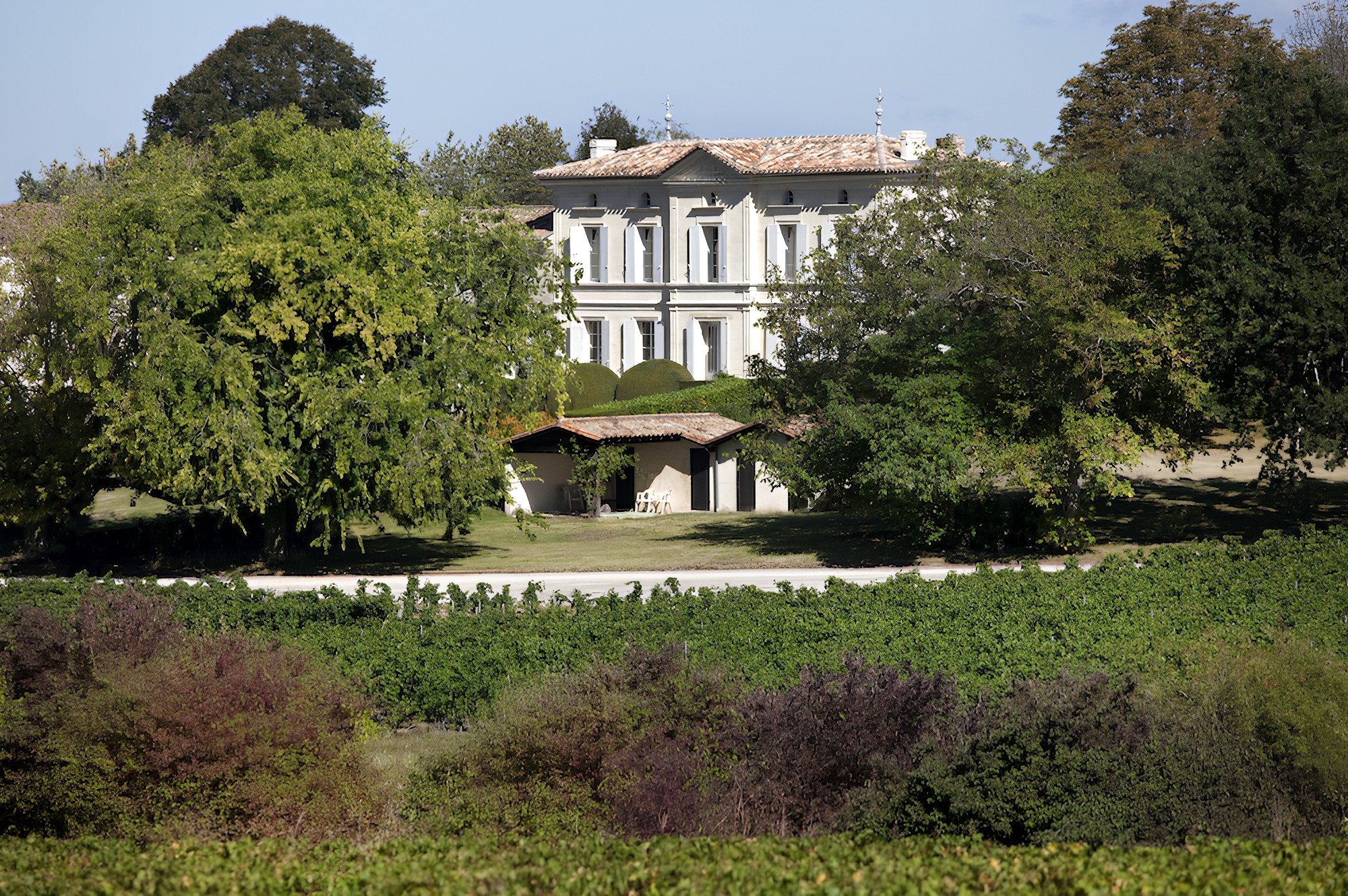
Photo Credit: Vignobles Hermouet
Vineyards
Vignobles Hermouet’s first estate, Clos du Roy, is located in the village of Saillans, perched on hillsides overlooking the Isle River valley. At its center stands a south-facing 19th-century mansion typical of the region. Less than a mile away, in the neighboring village of Villegouge, lies Château Roc Meynard. Surrounding the estate are 69 acres of vineyards, along with 25 acres of woods and open fields that contribute to its ecological diversity and natural beauty.
Both estates are rooted in limestone and clay soils, a composition particularly well suited for growing Merlot. This variety accounts for 85% of Vignobles Hermouet’s vineyard plantings, with Cabernet Sauvignon and Cabernet Franc making up 10% and 5% respectively. In recent years, the estate has focused on increasing diversity by replanting Cabernet Franc and introducing small parcels of Malbec. At Château Roc Meynard, white wines are also produced from an equal blend of Sauvignon Blanc and Sémillon, offering a fresh, aromatic counterpoint to a predominantly red wine portfolio.
Notable milestones in the development of the two estates include the construction of a temperature-controlled vat room at Château Roc Meynard in 1994 and a complete renovation of Clos du Roy between 1995 and 1997, which includes the creation of the barrel-aging cellar still in use today. In 2001, the family purchased and integrated Château Lalande Mausse into Clos du Roy, replanting the small estates’ 50 acres to produce distinctive yet delicate wines.
In 2018, Vignobles Hermouet became a member of the SME (Système de Management Environnemental), a collective sustainability initiative in Bordeaux. Through this program, members share resources, benchmark their progress and collaborate on solutions to common challenges, from water management and energy use to biodiversity and employee wellbeing. In 2018, Vignobles Hermouet became a member of the SME (Système de Management Environnemental), a collective sustainability initiative in Bordeaux. Through this program, members share resources, benchmark their progress and collaborate on solutions to common challenges, from water management and energy use to biodiversity and employee wellbeing.
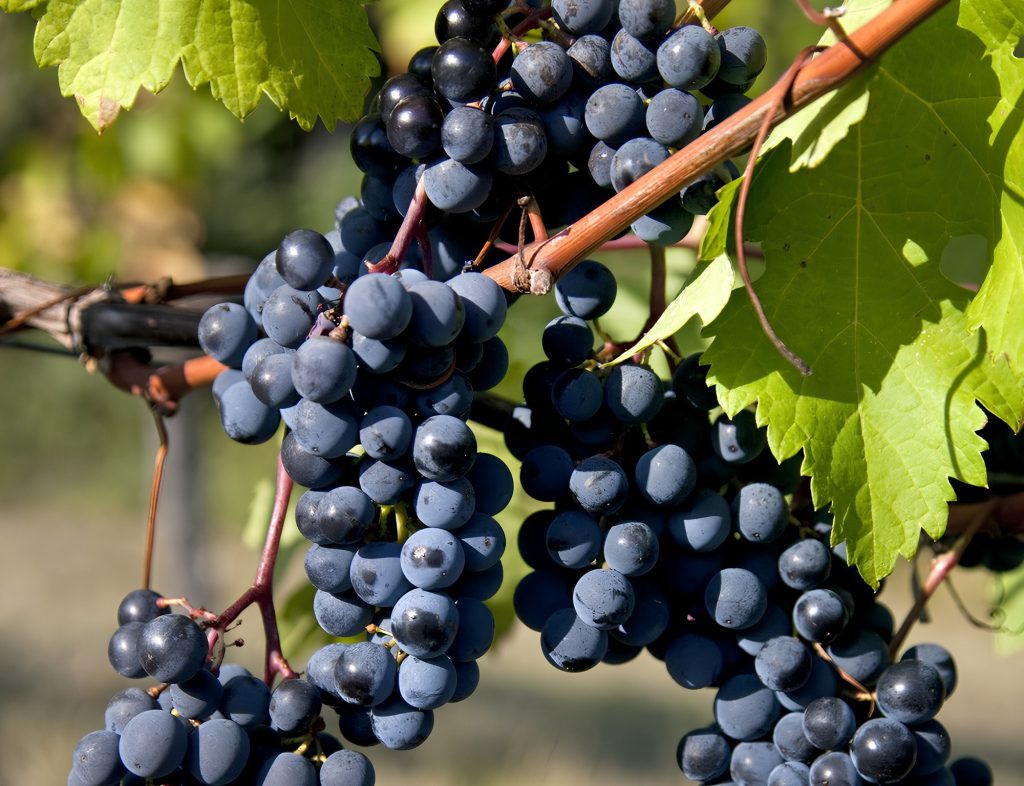
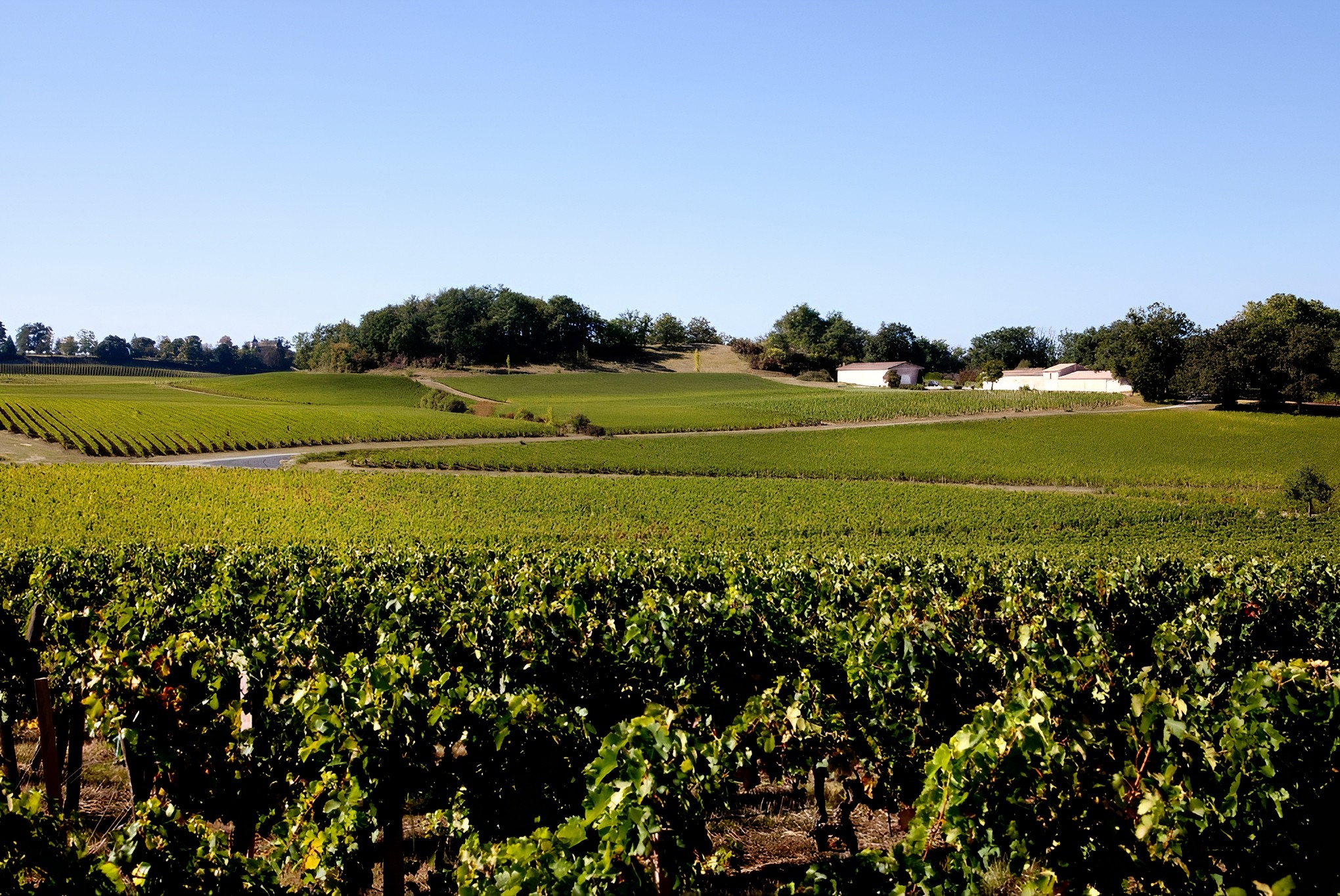
Photo Credit: Vignobles Hermouet
Wines
From November through August, each day at Vignobles Hermouet is dedicated to vineyard work, carefully preparing the vines for harvest. September marks the beginning of grape picking, followed by a focused period of winemaking in the cellar.
The wines produced at Vignobles Hermouet are naturally colored and structured, with a focus on fruit expression, volume and balance. Since 2012, the estate has employed vertical soft crushing of grapes, allowing the wines to develop smooth, rounded textures without astringency or bitterness.
All Fronsac wines are aged for one year in French oak barrels. Depending on the cuvée, aging may extend from 12 to 20 months, while white and rosé wines typically spend between 4 and 6 months in barrels.
Clos du Roy is the estate’s flagship Fronsac wine, known as its grand vin. It is structured and tannic, with vibrant acidity and excellent aging potential. Arabesque de Clos du Roy offers a more refined and graceful expression of the estate’s Fronsac style, crafted to highlight elegance and harmony while preserving depth and character.
Château Roc Meynard (Red) is a Bordeaux Supérieur grown on clay-limestone soils, with a dominant proportion of clay. The wine is structured and age-worthy, shaped by a winemaking approach that emphasizes balance and finesse. Grande Cuvée (White), also produced at Château Roc Meynard, is a barrel-aged blend of Sauvignon Blanc and Sémillon, offering a layered, textural white wine with freshness and depth.
Château Lalande Mausse produces a lighter, more delicate expression of the Fronsac style, with supple tannins and a softer structure. Integrated into the estate in 2001, it complements Clos du Roy with an accessible yet distinctive profile, shaped by the same care and craftsmanship that define all Vignobles Hermouet wines.
“We no longer cultivate vines or craft wines as we did when [Vignobles Hermouet] began in 1987. Throughout the years, we have remained inquisitive and open to evolving techniques, all while honoring the timeless wisdom of Bordeaux’s centuries-old winemaking tradition.”
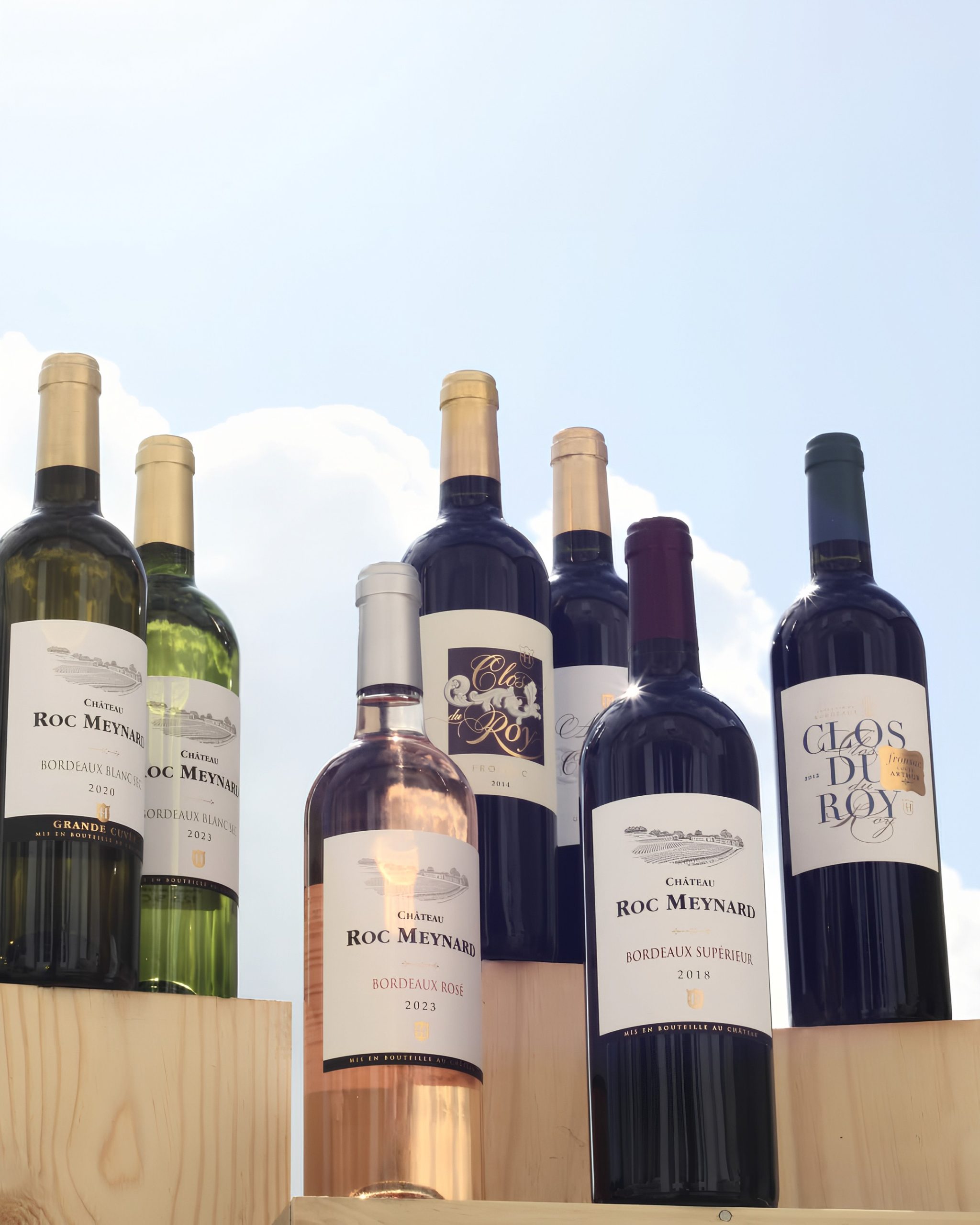
Photo Source: Vignobles Hermouet
Explore more from Vignobles Hermouet
U.S. importer: USA Wine Imports
Thirsty for more? Follow Clink Different’s Instagram and Facebook to stay up-to-date on the latest blogs and upcoming events.
